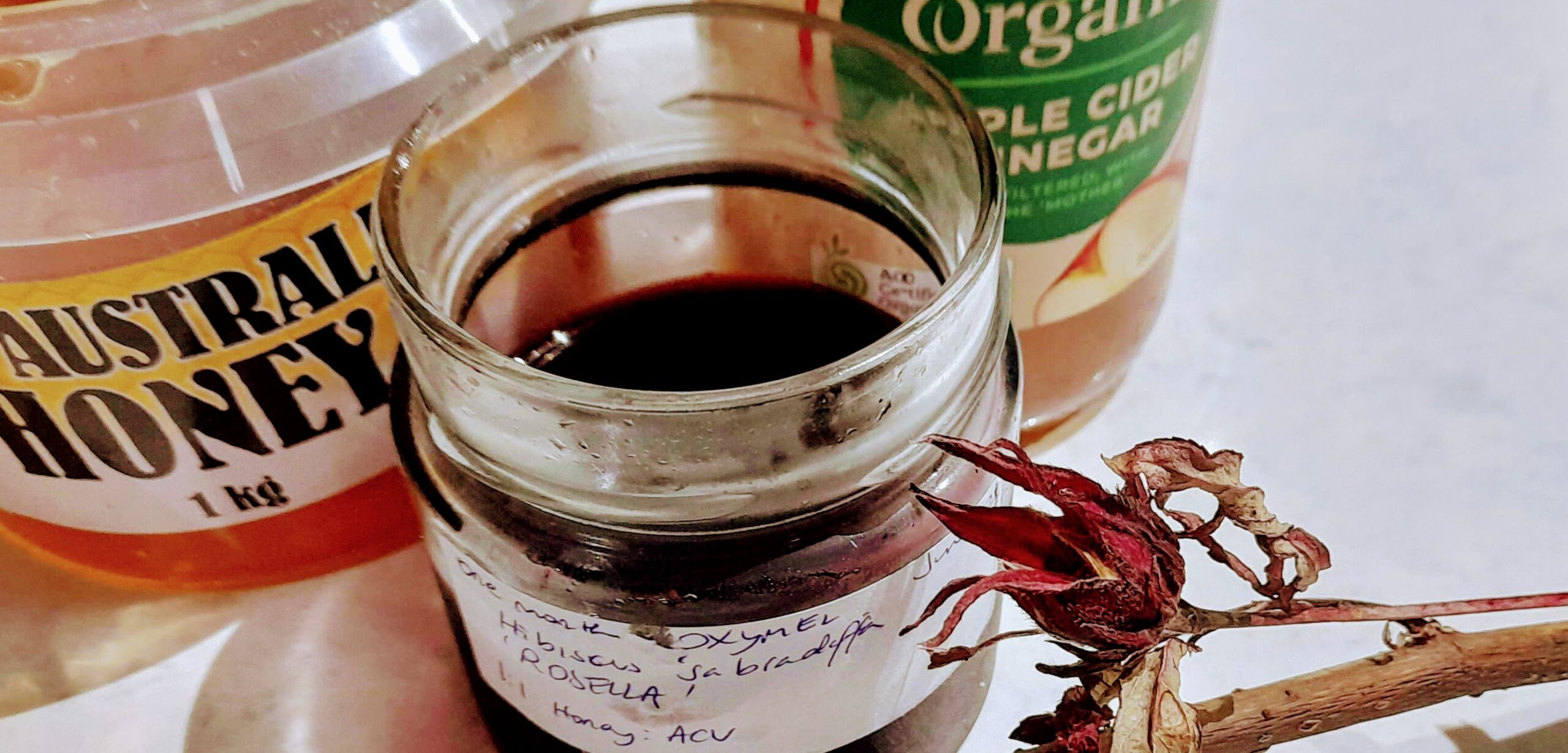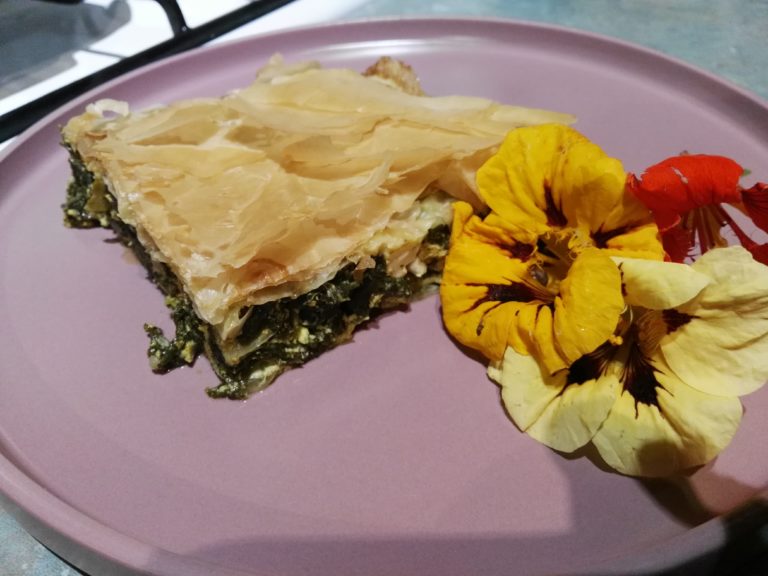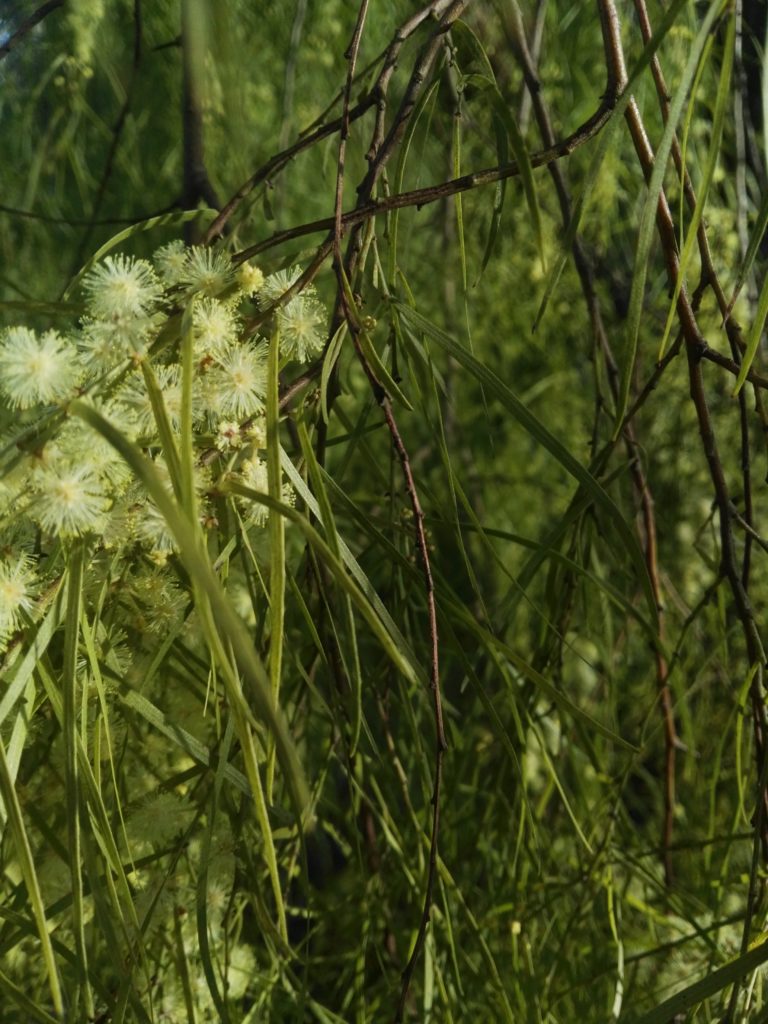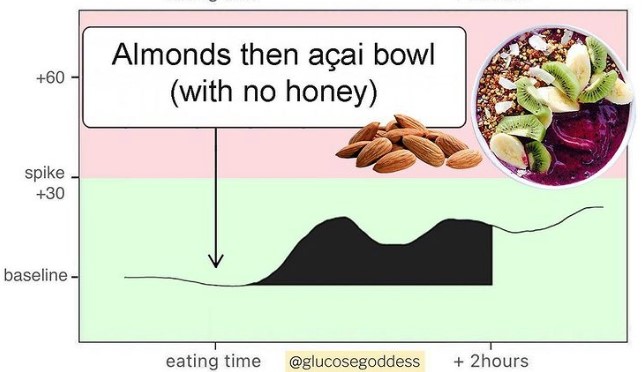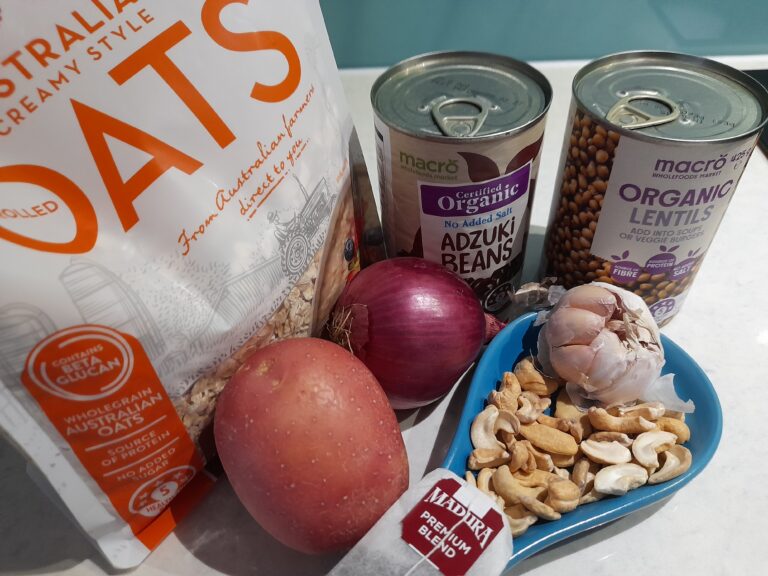Medicinal Herbal Preparation – OXYMELS
(Article 1 in an ongoing – and possibly intermittent – series)
Oxymel (from Latin ‘acid and honey’, from Ancient Greek ὀξύς ‘acid’ or ‘sharp’ and μέλι ‘honey’) is a mixture of honey and vinegar, used as a medicine.
There seems to more to this combination than simply using vinegar as a solvent and honey to create a more palatable experience. The combination itself appears to have a synergistic effect.
It’s a combination that’s used in multiple ways – and across the planet – going back centuries…
1. External use: as wound healer and antimicrobial
According to a 2023 review of research, the mixture has been used successfully for topical application on wounds where bacteria have become resistant to antibiotics. Both ingredients have been used historically as antiseptics, and so has the combination.
Various types of vinegar and medicinal honeys have been used. For example, pomegranate vinegar has been combined with manuka honey – which is recognised by British medical authorities.
Many of the vinegars were shown to be more effective than pure, refined acetic acid . This suggests that there are other compounds present in the vinegars which could have potentiating or synergistic effects on the activity of the acetic acid.
“Investigation of the biofilm eradication activity of two red wine vinegars and two pomegranate vinegars in a synthetic wound model concluded that in a biofilm context, the red wine vinegars and one of the pomegranate vinegars were as effective or slightly less effective than equivalent doses of pure acetic acid, but were still able to clear biofilms of both bacterial species at low doses.”
“The second pomegranate vinegar had a stronger biofilm eradication ability than an equivalent concentration of acetic acid. Further work is needed to identify which compounds present in the vinegar are responsible for lending this additional antibiofilm activity.”
2. Internal use
Oxymel is one of the most commonly prescribed food-drug preparations for a wide range of ailments with a rich historical background of use in multiple societies to treat a range of problems including heart health and cardiovascular constriction.
Various simple and compound oxymels are prescribed in certain complementary and traditional medical systems, including traditional Egyptian, Persian/Iranian, Greek, Chinese and Indian Medicine. Persian medicine texts described over 1200 types of oxymels.
Compound oxymels involve the addition of various medicinal plant seeds, roots, leaves, and fruit extracts. An example of this is a Persian medicine preparation using chicory, Chinese dodder and seeds of celery and anise.
These preparations have many applications in traditional medicine, but they are most effective in “opening vascular obstructions and related functions, especially in the cardiovascular system”. In the case of individuals with a hot temperament or during hot seasons and climates, a simple oxymel is typically prepared using sugar, while honey is used in other cases.
Among the widely used compound oxymels is Squill oxymel, which has gained recognition in the West and continues to be used today. The British Pharmacopoeia recommends Squill oxymel to be used for persistent cough with phlegm as well as fatty liver and to regulate liver enzymes.
Squill (Drimia maritima) is reported to exert anti-inflammatory, antioxidant, anti-cholinergic, and mucus secretion modulating effects. A 2022 small study showed Squill oxymel to a useful add-on treatment for moderate COPD. Vinegar in its own right is known to an expectorant.
On examination of some of the plants like chicory or squill used in the making of oxymels one can see that the use of honey would be rather advantageous to mask the bitter flavours.
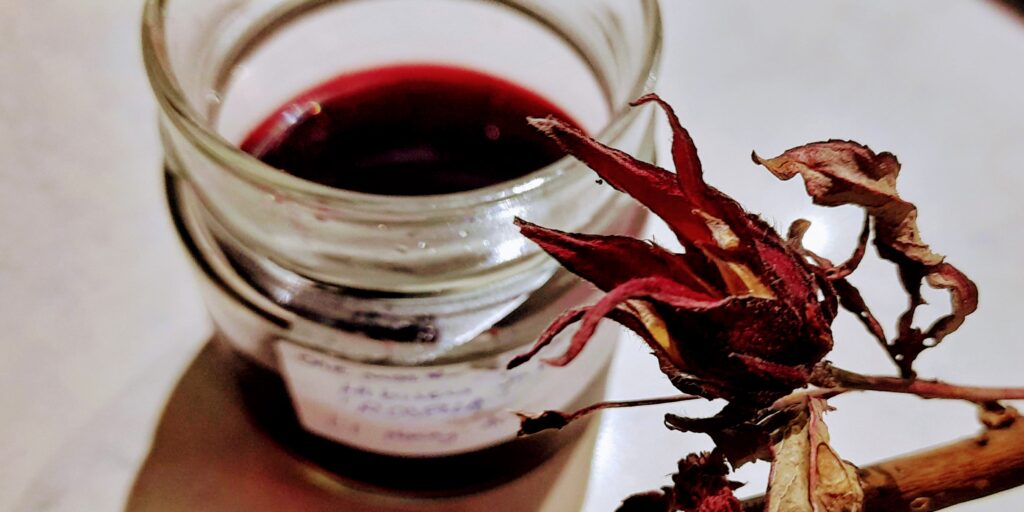
Medicinal oxymels find application in a broad range of disorders, including liver, spleen, gastrointestinal, and respiratory diseases. Oxymels have been prescribed not only for chronic conditions but have also been frequently employed in the management of critically ill patients with acute diseases. The Canon of Medicine (an ancient Persian text) mentions this.
In recent years, numerous clinical and preclinical studies have been conducted in the pharmacy and food industry to investigate the efficacy of various oxymel formulations. This 2023 review reported actions of oxymels to include positive effects on the cardiovascular system, as well as antioxidant and anti-inflammatory properties. Compound oxymel formulations have demonstrated additional benefits depending on the inclusion of specific medicinal herbs.
The study concluded that oxymels appear to be a “valuable functional food for healthy individuals and a potentially effective and safe treatment option for managing certain diseases such as asthma, obesity, and type 2 diabetes”. However, further clinical trials with larger sample sizes and longer duration are needed.
You can create your own Oxymels
It’s no harder than doing pickles or jams…
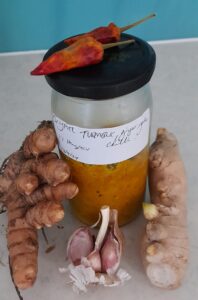
My own recent re-attention to the world of oxymels has reminded me how this is such an accessible way for folk to use their foods/plant materials as medicines in their own home. For the last few months I’ve been experimenting with numerous plants in our garden – including Australian native plants with known medicinal effects.
So far I’ve made oxymels with Hibiscus sabdariffa (‘Rosella’) and Centella asiatica (Gotu cola or pennywort), both of which are considered to have naturalised in Australia. There is discussion of a separate distinctive native variety of Centella asiatica too.
Other oxymels I’ve made are with Nasturtium officinale fresh leaves, Thymus vulgaris tincture, fresh minced turmeric/ginger/garlic/chilli and fresh and dried young leaves from Melaleuca quinquenervia (Broad leaf Paperbark).
I’ve tried different concentration of the oxymel like 2:1 apple cider vinegar to honey versus 1:1 versus 1:2. I think the sweeter the better. There is no one set formula.
I make enough oxymel to cover the plant material then leave to macerate for about one month on the kitchen bench. Sometimes I’ll warm the oxymel to better dissolve the honey. Some recipes suggest simmering the plant material – especially if hard like a seed or bark – in the vinegar then adding honey later. So many ways to prepare and preserve your plant material.
Using your Oxymel
The finished product can then be used by taking a spoonful or adding a teaspoon to hot water as a tea or added to food as a salad dressing or used externally for skin issues.
I store my oxymels in the fridge unless they are made with a tincture (alcohol base). Shelf life is at least 6 months or more. Both the honey and vinegar add preservative qualities to the mix. Different types of honey (I love to use local as it is said to confer allergic resistance to the user) and vinegars will produce different taste and possibly medicinal outcomes.
Making oxymels is a powerful way of putting back health into our own hands. Just make sure that you know your plants well AND know if you have any allergies to the plants or the honeys.
Rinse your mouth after consuming these acidic products to protect your teeth from the sugar and acids.
Recipe for Oxymel of Garlic
(Adapted from Adams J and Tan E “Herbal Manufacturing”, 1999. Northern Melbourne Institute of TAFE Printers, Preston)
Ingredients
30 gm (about 10 cloves) garlic
1 teaspoon fennel seeds
1 teaspoon caraway seeds
100 ml apple cider vinegar
40 ml (about 2 tbsp) honey
Method 1 (for mild garlic taste and effect)
Simmer seeds in vinegar. Remove from heat. Add the peeled and crushed garlic. Strain and add honey. Warm to combine if needed.
Method 2 (for a very strong garlic taste and effect)
Simmer seeds in vinegar for about 10 mins, then strain. Add honey and warm to combine. Peel and crushing garlic and place in a jar. Pour the warm honey and vinegar mix over the garlic and steep.
Method 3 (for a milder garlic taste but strong effect)
Macerate (marinate/digest) herbs in vinegar at 40 deg C for 7 -14 days. Strain, press and add melted honey. Simmer at very low heat until thickened if desired.
ENJOY (the health improvements if not necessarily the flavour) 🙂

